Agape
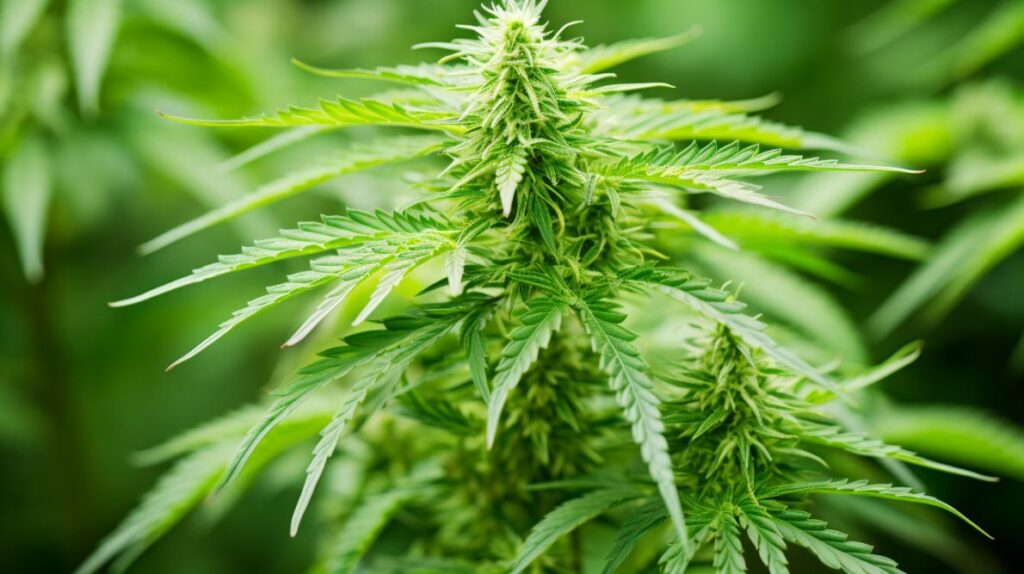
In the increasingly nuanced world of cannabis cultivation and consumption, the Agape Weed Strain presents itself as a noteworthy sativa-dominant hybrid, intriguing both connoisseurs and therapeutic users with its complex genetic lineage and purported effects.
Originating from an intricate crossbreed between Shasta Grape and Black Cherry strains, Agape offers a distinctive blend of flavors and aromas, hinting at a terpene profile rich with potential benefits. With an average THC content that appeals to a range of consumers, this strain is often sought after for its ability to elevate mood and energy without overwhelming the senses.
While its effects are alluring, the limited availability of Agape adds a layer of exclusivity, creating a subtle yet palpable intrigue among enthusiasts. For those fortunate enough to encounter this elusive strain, questions remain about its optimal cultivation practices, the full spectrum of its effects, and its place in the broader context of cannabis research.
This discussion aims to explore these facets, shedding light on the enigmatic Agape and its role within the diverse tapestry of cannabis strains.
Genetic Lineage
The Agape strain boasts a rich genetic lineage, stemming from its sativa-dominant hybrid nature that combines the qualities of Shasta Grape and Black Cherry strains, meticulously crafted by Trinity Sacred Rootz. This eminent breeder has engineered a strain that encapsulates the robust terpene profiles and the nuanced effects of its parent strains.
The dominance of sativa genetics is evident in Agape’s tendency to stimulate an energizing and uplifting experience for its users, making it a preferred choice for daytime consumption.
Analyzing Agape’s genetic makeup reveals a complex interplay between its sativa and indica components. While the sativa aspect contributes to its cerebral stimulation, the indica lineage subtly infuses a sense of relaxation and calm, preventing an overbearing rush and balancing the overall experience. This hybridization results in a versatile strain capable of offering a multifaceted effect profile that appeals to a wide range of cannabis enthusiasts.
Understanding the genetic lineage of Agape is vital in anticipating its potential therapeutic applications, flavor, and aroma. The strain’s heritage is a testament to the skillful breeding practices at Trinity Sacred Rootz, ensuring a high-quality cannabis product with consistent and desirable characteristics for both recreational and medicinal users.
History and Origin
Delving into the history and origin of the Agape strain, one finds a narrative steeped in meticulous breeding by Trinity Sacred Rootz. The fusion of Shasta Grape and Black Cherry genetics gave rise to this sativa-dominant hybrid’s unique characteristics. The breeders at Trinity Sacred Rootz aimed to create a cannabis strain that delivers not just a potent effect but also an intricate blend of flavors and aromas. They succeeded with Agape, which tantalizes the senses with a fruity mix redolent of orange and blueberry, finished with a sweet vibe.
The breeding process focused on harmonizing the robust profiles of the parent strains, which are themselves celebrated for their sensory attributes and effects. Although the precise THC levels and the physical appearance of Agape’s buds remain a closely guarded secret, this cannabis strain is renowned for its ability to induce an energizing and mentally blissful experience while simultaneously imparting a sense of relaxation.
Such a profile is indicative of a well-thought-out breeding strategy, ensuring that Agape’s effects are as balanced as they are profound, catering to connoisseurs seeking a burst of daytime vitality without compromising on tranquility.
THC/CBD Content
Understanding the cannabinoid profile of the Agape strain, with its THC levels typically fluctuating between 12% and 20% and CBD concentrations usually below 1%, is crucial for consumers seeking specific therapeutic effects. As a sativa-dominant strain, Agape is reported to have a unique mixture of terpenes that contribute to its distinctive aroma and taste, further enhancing its appeal.
The cannabinoid content of this strain, particularly its THC range, indicates that it can offer a moderate to potent psychoactive experience, depending on the batch. The lower end of the THC spectrum may be more suitable for those sensitive to THC’s effects or new to cannabis use. In contrast, the higher THC content could provide more experienced users with the desired euphoria and mental stimulation often associated with sativa-dominant hybrids.
The relatively low CBD percentage does not overshadow the potential entourage effect that could be provided by the strain’s specific terpene and cannabinoid combination. Below is a table summarizing the cannabinoid content of the Agape strain:
| Cannabinoid | Percentage Range | Effects |
|---|---|---|
| THC | 12% – 20% | Psychoactive, Euphoria, Mental Stimulation |
| CBD | 0.36% – 0.73% | Minor therapeutic benefits |
| Total | 12.36% – 20.73% | Combined effects of THC and CBD |
This profile suggests that the Agape strain could be suitable for recreational use while also offering some therapeutic potential, albeit limited by its lower CBD content.
Terpene Profile
While considering the cannabinoid content of the Agape strain provides insight into its potential effects, an examination of its rich terpene profile further elucidates the unique sensory experience and therapeutic benefits it may offer.
The distinct terpene profile of Agape, characterized by a symphony of Limonene, Myrcene, Terpinolene, Pinene, Borneol, and Linalool, is responsible for its remarkable aroma and flavor, which could be described as a harmonious blend of the following:
- Aroma and Taste:
- Fruity and Sweet: A delectable essence that tickles the olfactory senses, reminiscent of ripe tropical fruits.
- Citrus and Tea: Refreshing notes of citrus paired with the soothing, earthy undertones of herbal tea.
This terpene profile is not only a feast for the senses but also contributes to the strain’s reported effects:
- Reported Effects:
- Creativity and Focus: May bolster cognitive functions, making it ideal for artistic or analytical tasks.
- Energizing Sensation: An invigorating buzz that could potentially enhance physical activities or daytime routines.
Additionally, the therapeutic potential of Agape’s terpene profile includes anti-depressant, anxiolytic, and anti-inflammatory properties, which may assist individuals dealing with depression, stress, and chronic pain.
When seeking Agape products, aficionados should prioritize those that highlight a high content of its key terpenes to ensure an authentic experience reflective of the strain’s inherent qualities.
Effects
The Agape strain is renowned for eliciting a multifaceted spectrum of effects, ranging from tingling sensations that may enhance arousal to an uplifted and energized state conducive to mental clarity and focus. Users often report an initial euphoric rush that leads to a heightened sense of focus, allowing for productive endeavors. This strain’s capacity to alleviate eye pressure and chronic fatigue is particularly notable, offering therapeutic benefits to those struggling with such conditions.
Analytically, the Agape strain’s effects can be categorized into immediate and sustaining impact, as shown in the table below:
| Immediate Effects | Sustaining Impact |
|---|---|
| Arousal Enhancement | Mental Clarity |
| Euphoria | Relaxation |
| Burst of Energy | Alleviation of Eye Pressure |
| Focus | Mitigation of Chronic Fatigue |
| Uplifted Mood | Sleepiness |
Descriptively, the euphoria and energy burst are often followed by a state of relaxation that may lead to sleepiness, making it a potential choice for evening use. Additionally, the strain’s ability to induce relaxation without heavy sedation allows for a balance between relief and functionality. Its application in mitigating symptoms like loss of appetite, nausea, and migraines further underscores its versatility in effect and utility.
Medical Uses
Building on the diverse effects of the Agape strain, its medicinal applications offer significant benefits for a variety of health concerns. As one of the new strains on the market, Agape has garnered attention for its therapeutic potential. Here is a closer look at its medical uses:
-
Alleviation of Ocular Conditions:
-
Reduces eye pressure, which is crucial for glaucoma patients.
-
Mitigates inflammation, potentially lessening discomfort and damage to ocular tissues.
-
Pain and Inflammatory Disorders:
-
Contains analgesic compounds that target chronic pain, offering an alternative to traditional painkillers.
-
Anti-inflammatory properties may be particularly beneficial for those with chronic fatigue syndrome and other inflammatory ailments.
Additionally, Agape’s possible CBD content suggests a broader spectrum of medical applications, ranging from neurological disorders to psychological conditions. Patients with depression or stress-related symptoms may find relief thanks to the strain’s mood-regulating effects. Furthermore, its antiemetic properties assist in combating nausea, while its ability to stimulate appetite can be a boon for those experiencing loss of appetite.
The combination of these characteristics makes Agape a versatile addition to the medical marijuana community, offering new horizons for patient treatment options.
Flavor and Aroma
Embarking on a sensory journey, the Agape weed strain captivates the palate with its unique flavor combination of tea, tree fruit, and grape, complemented by a fragrant aroma that blends fruity orange and blueberry notes with a sweet undertone. The grape essence, in particular, introduces a sophisticated, vineyard-inspired twist to the strain’s profile, setting it apart from more common citrus or earthy flavors.
Analytically, the Agape strain’s flavor nuances offer a complex tapestry for the connoisseur. The initial taste is layered, starting with a refreshing tea-like clarity before ripening into a symphony of tree fruit and grape. This intricate blend ensures each inhalation is a discovery of subtle tastes.
The aroma further enhances the experience, mingling the sweetness of ripe orange with the tartness of blueberry. These scents are underpinned by a sweet aroma, inviting and warm, reminiscent of a tropical escape. The sour citrus and earthy herbs aroma add depth, suggesting a rich, loamy soil nurturing these complex scents.
Moreover, the strong diesel notes and pine hints contribute an earthy backbone to the strain’s fragrance, invoking the distinct pine/gasoline tang often associated with orange variants. It’s a potent olfactory encounter that underscores Agape’s bold character and its visually striking appearance, which promises potency and quality.
Appearance
Complementing its complex flavor profile, the Agape weed strain boasts an equally impressive appearance. It has fluffy spade-shaped dark olive green nugs adorned with thin orange hairs and a frosty coating of purple-tinted white crystal trichomes. The visual allure of Agape is a testament to its high quality and potency, presenting a stunning palette of deep purples and bright greens that is indicative of its hybrid vigor. The strain’s buds are dense and hard, distinguishing it from the airier textures seen in other strains.
-
Visual Characteristics:
-
Dense, spade-shaped nugs
-
Dark olive green with hints of purple
-
Bright green accents
-
Frosty trichomes imparting a shimmering appearance
-
Aesthetic Appeal:
-
Vivid orange pistils
-
Dense structure offering a robust feel
-
Less fluffy texture
-
Unique appearance signifying hybrid nature
Analytically, the appearance of Agape mirrors the complexity found in its lineage, hinting at a blend much like the Shasta Grape and Black Cherry strains. Its hard buds may not be as pleasing to the touch due to their compactness, yet they hold an undeniable charm that is visually distinctive and attractive. The strain’s aesthetic value not only pleases the eye but also suggests a rich terpene profile that could enhance the overall consumer experience.
Grow Information
Delving into the cultivation details of the Agape weed strain, it is important to note that this variety presents a significant challenge for growers due to its rarity and the level of care required. The Agape strain is not one that you will find easily in local dispensaries or seed banks, which makes obtaining it for growth a task that requires persistence and, sometimes, a bit of luck.
For those fortunate enough to secure this mystical strain, likely through exclusive channels such as Trinity Sacred Rootz, the cultivation journey is just beginning. The plant itself demands attention and expertise, thriving under conditions that must be carefully monitored and adjusted. Growers must be vigilant in their care, balancing the nuanced needs of Agape to coax out its full potential. The well-balanced effects that Agape offers are a testament to the meticulous efforts invested in its growth; the rare experience it provides is both a challenge and a reward for the dedicated cultivator.
Due to its limited availability, once growers harvest Agape, they often find themselves unable to encounter the strain again without considerable effort. This elusive nature only adds to Agape’s allure, making it a precious gem in the cannabis community that, once discovered, leaves a lasting impression.
Adverse Effects
While the Agape weed strain is celebrated for its unique effects, users should be aware that it can also induce certain adverse reactions such as dry eyes and mouth, feelings of anxiety or paranoia, dizziness, and occasionally an increased heart rate. These adverse effects, though common with many cannabis strains, can vary in intensity among different users and may be influenced by individual tolerance, dosage, and consumption method.
The adverse effects of the Agape strain can be broadly categorized as follows:
-
Physical Discomfort
-
Dry eyes: A sensation of itchiness and discomfort due to reduced tear production.
-
Dry mouth: Also known as ‘cottonmouth,’ it involves a parched feeling in the oral cavity.
-
Dizziness: A feeling of lightheadedness that might affect balance and coordination.
-
Increased heart rate: This can be unsettling, particularly for those with pre-existing heart conditions.
-
Psychological Distress
-
Anxiety: Feelings of unease that can escalate to panic in sensitive individuals.
-
Paranoia: An irrational fear or mistrust that can be disconcerting.
Users should approach the Agape weed strain with an informed and cautious attitude, recognizing that while the therapeutic benefits can be substantial, the potential for adverse effects warrants attention and responsible use.
Comparisons with Similar Strains
Exploring the Agape weed strain’s characteristics reveals notable similarities and distinctions when compared to its relative, Blue Agape, particularly in terms of flavor, potency, and therapeutic effects.
Both strains emanate a fruity and sweet flavor profile, with Agape’s sensory bouquet reminiscent of Shasta Grape and Black Cherry nuances. This similarity is a testament to the sophisticated terpene profiles engineered by Maven Genetics, which imbue these strains with their delectable tastes.
On the potency front, both Agape and Blue Agape are known for their high THC levels, offering a robust, indica-leaning experience. Users report a potent, cognitively interrupting high that is typical of strains with such rich cannabinoid content.
However, while Agape is lauded for its uplifting and energizing effects, ideal for creative endeavors or social engagements, Blue Agape leans towards the more traditional indica effects, inspiring deeper relaxation and tranquility.
Medicinally, these strains share common ground in their efficacy for relieving symptoms of chronic fatigue, headaches, and migraines, highlighting their therapeutic versatility. Due to their selective availability, enthusiasts of Agape’s high-quality attributes may find a kindred spirit in Blue Agape, extending their experience of Maven Genetics’ expertly crafted lineage.
Research and Studies
Building on the understanding of Agape’s sensory and therapeutic appeal, research into its specific effects and potential medical applications remains an area ripe for scientific inquiry. The strain’s reported efficacy in relieving symptoms such as eye pressure, fatigue, and headaches points to its therapeutic promise. However, the lack of comprehensive studies and published data, particularly on its THC and CBD content, underscores the need for a more scientific approach to elucidate Agape’s full medical potential.
-
Research Gaps:
-
Limited studies on the Agape strain’s pharmacological profile and effects.
-
Absence of standardized scientific research to validate anecdotal evidence.
-
Potential Medical Benefits:
-
Eye Pressure: Anecdotal reports suggest relief, meriting controlled investigations.
-
Fatigue and Headaches: Preliminary user reviews indicate effectiveness, warranting further clinical research.
Informed by user experiences and reviews, the Agape strain’s unique terpene profile, which includes notes reminiscent of Shasta Grape, may play a role in its distinct effects. While preliminary evidence hints at Agape’s capacity to alleviate symptoms of depression, stress, and chronic pain, the scientific community has yet to establish these benefits through rigorous research.
Frequently Asked Questions
What Is the Rarest Strain of Weed?
The rarest strain of weed is characterized by its genetic rarity, often resulting from unique breeding practices that yield low propagation rates, making such strains highly sought after for their distinctive effects and flavors.
What Is Gelato Like Weed?
Gelato weed is characterized by a complex flavor profile, melding sweet dessert-like notes with citrus and earthy undertones, offering an analytical yet creative mental clarity coupled with a physically relaxing experience.
What Is the Most Arousing Strain of Weed?
The most arousing strain of cannabis is often subjective, yet many users seek sensual cannabis varieties that combine euphoric effects with a stimulating sensory experience to enhance intimacy and connection.
What Is the Smoothest Weed Strain?
The quest for the smoothest weed strain typically leads connoisseurs to varieties known for their gentle onset and mellow experience. Such strains offer a soothing sensation, ideal for users seeking a tranquil, unobtrusive high.

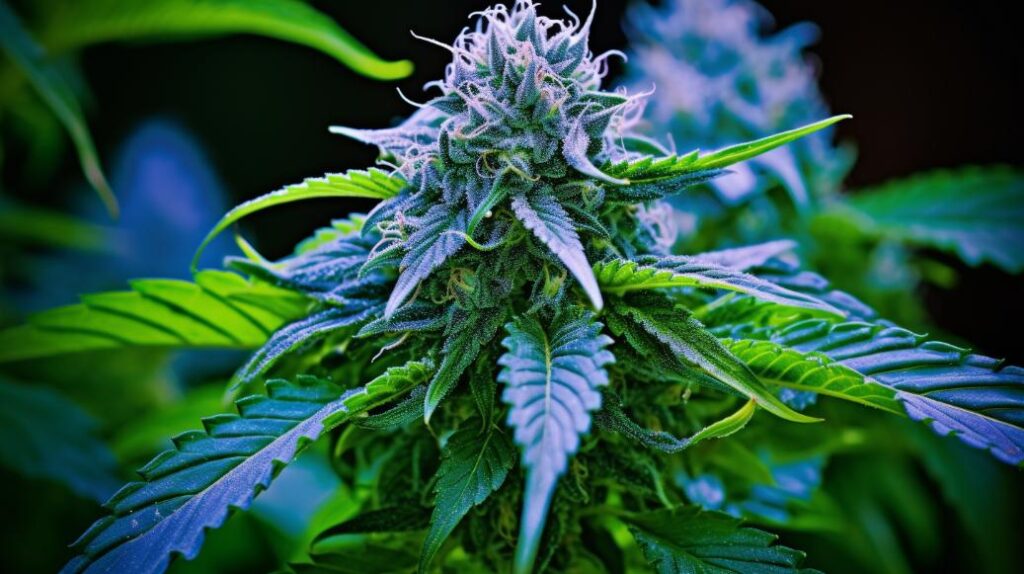
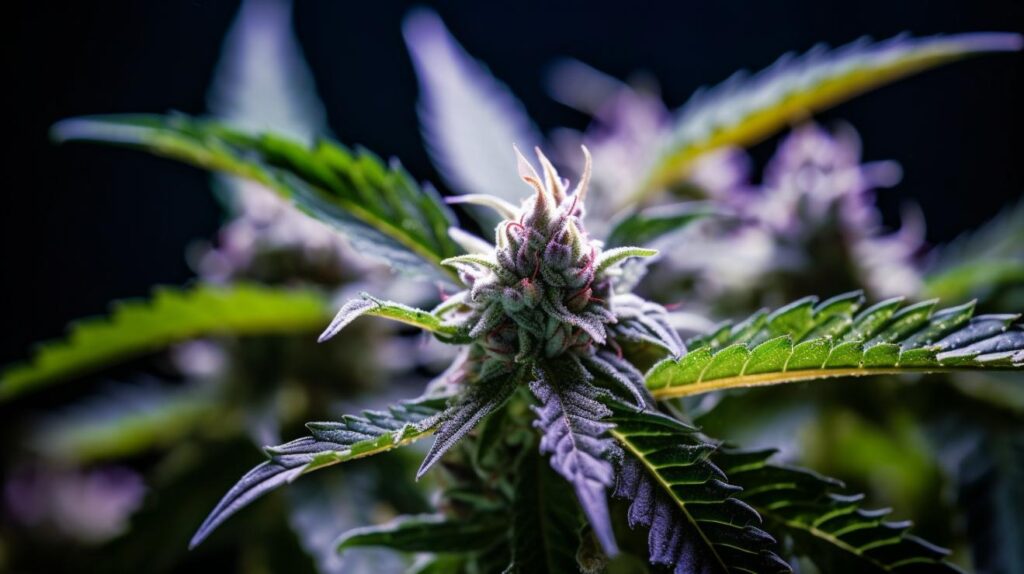
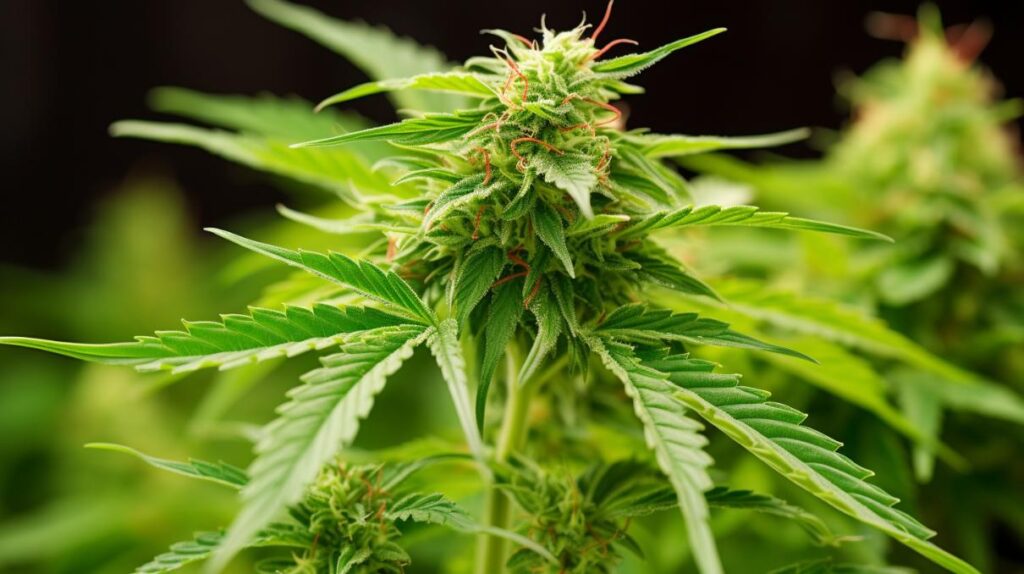
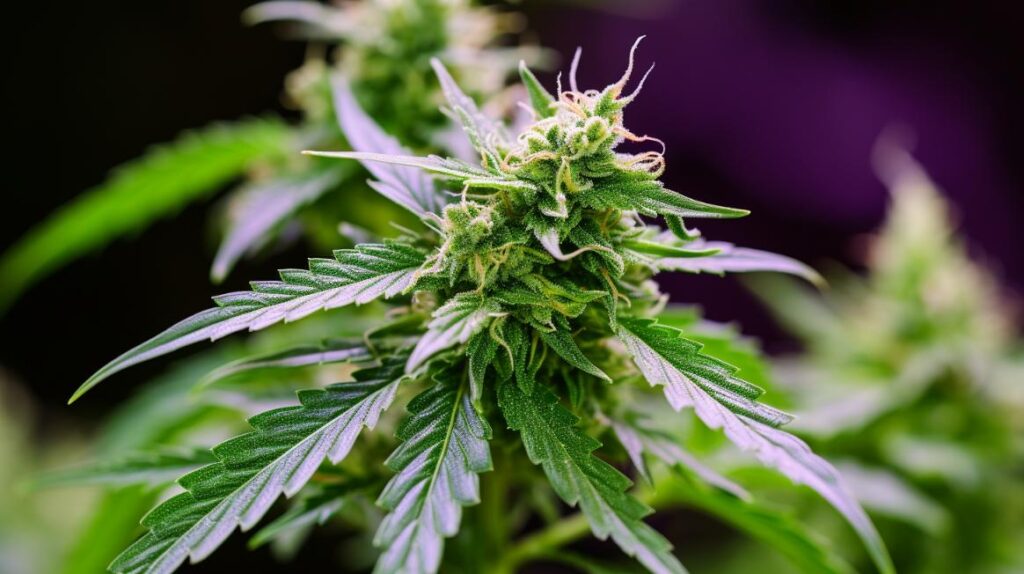
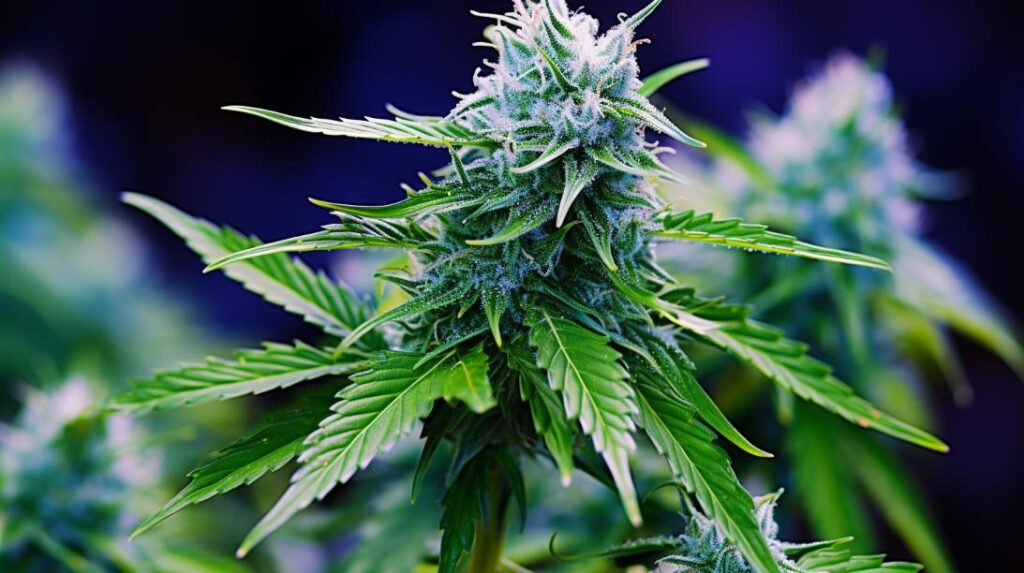

Responses